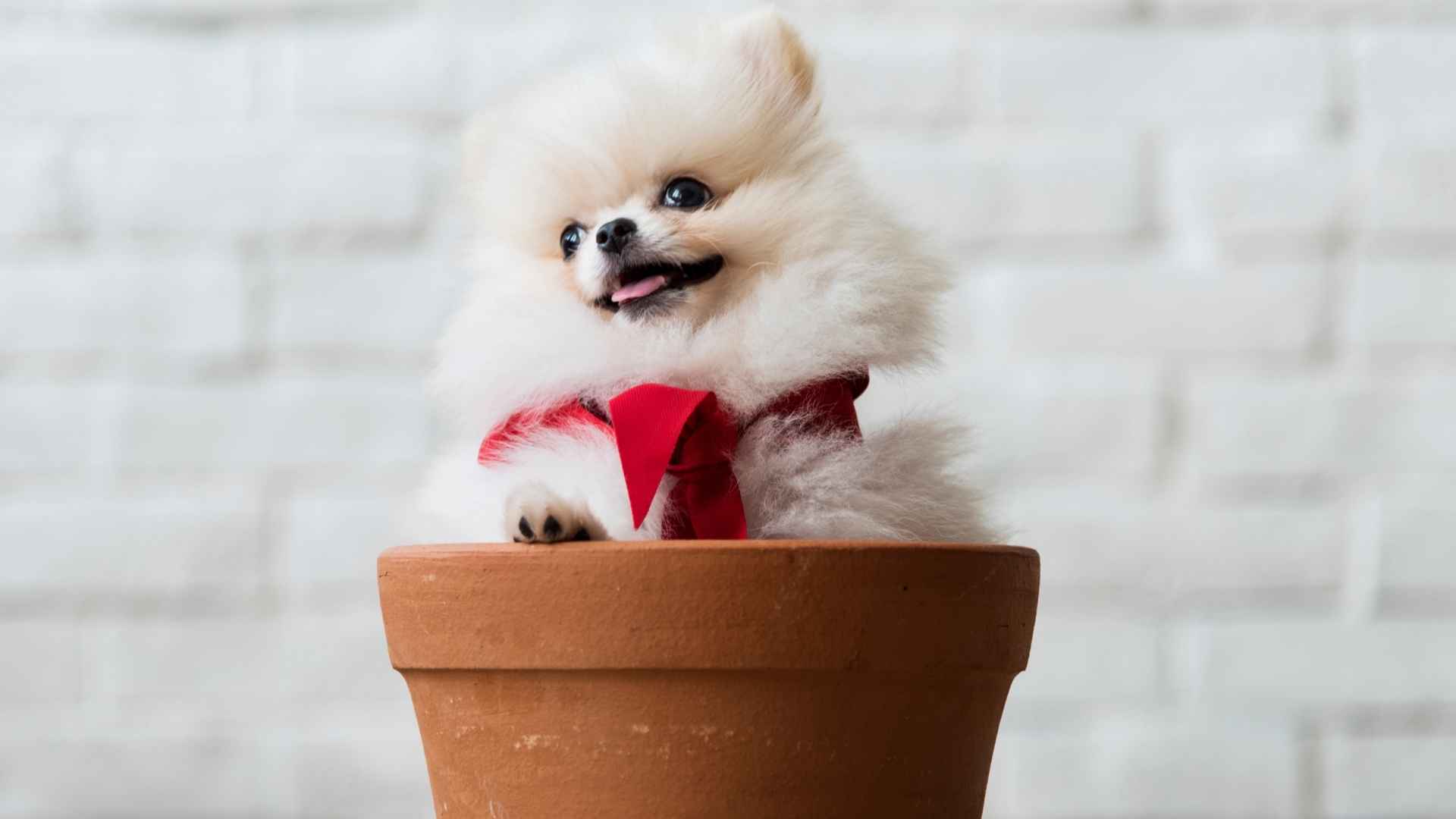Americans generally love pets and consider them important members of their families. More than 66% of families in the U.S. own at least one pet, and a growing number are choosing smaller dog breeds for their homes. But not just any small dog—families are falling in love with teacup dogs.
These tiny companions often weigh less than a few pounds but bring big personalities into small spaces. For parents, these pups are easier to manage. For kids, they’re like little best friends who fit in their lap.
But what makes a teacup breed family-friendly? It’s more than size, it’s about temperament, patience, and the ability to form strong bonds. Whether you’re living in an apartment or a larger home, finding a dog that fits both your lifestyle and your children’s energy is key.
In this guide, you’ll meet the best teacup breeds that aren’t just adorable—they’re perfect for the whole family.
Family Teacup Dog Breeds
1. Shih Tzu
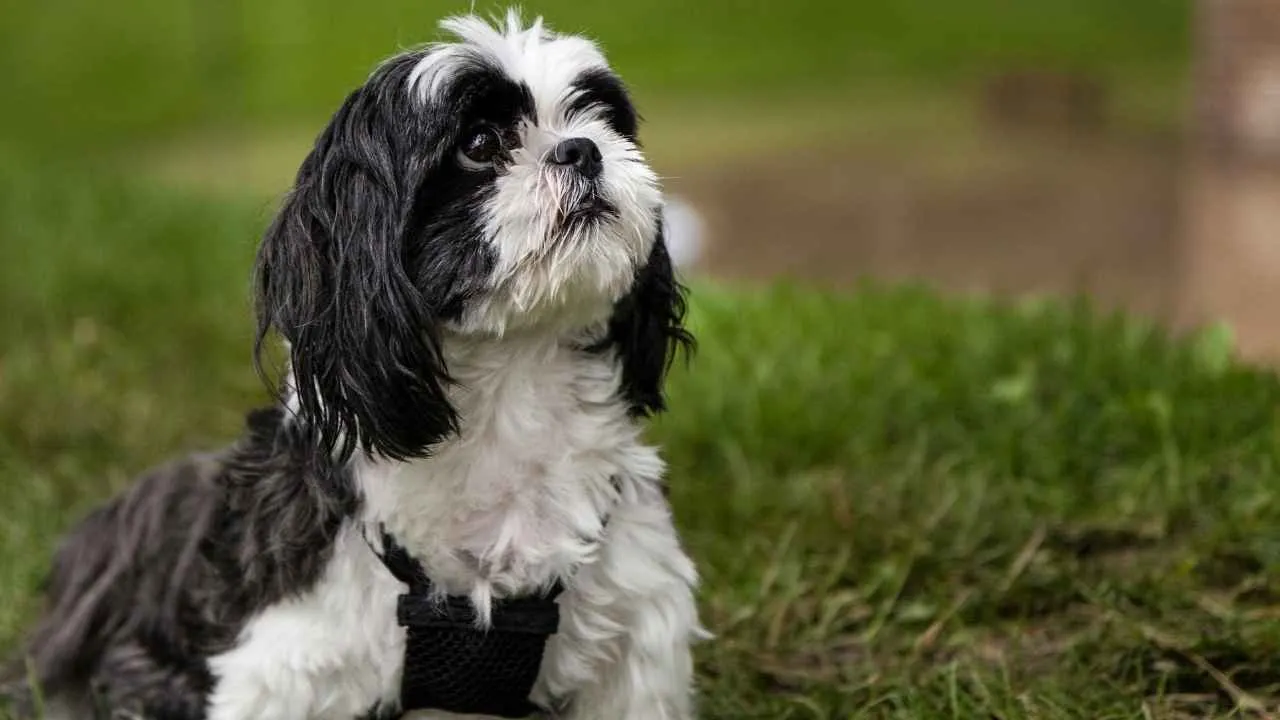
Shih Tzus thrive in family life, adjusting effortlessly to calm, cozy spaces. Their need for attention isn’t demanding; they settle beside you without constant engagement. That gentle rhythm makes them predictable companions in homes with children or older family members.
Naturally Friendly With Kids
They’re among the small dog breeds that show emotional awareness, often responding to children’s moods without overstimulation. They rarely nip or overreact, even during active play. This makes them especially suitable for families needing balanced energy indoors.
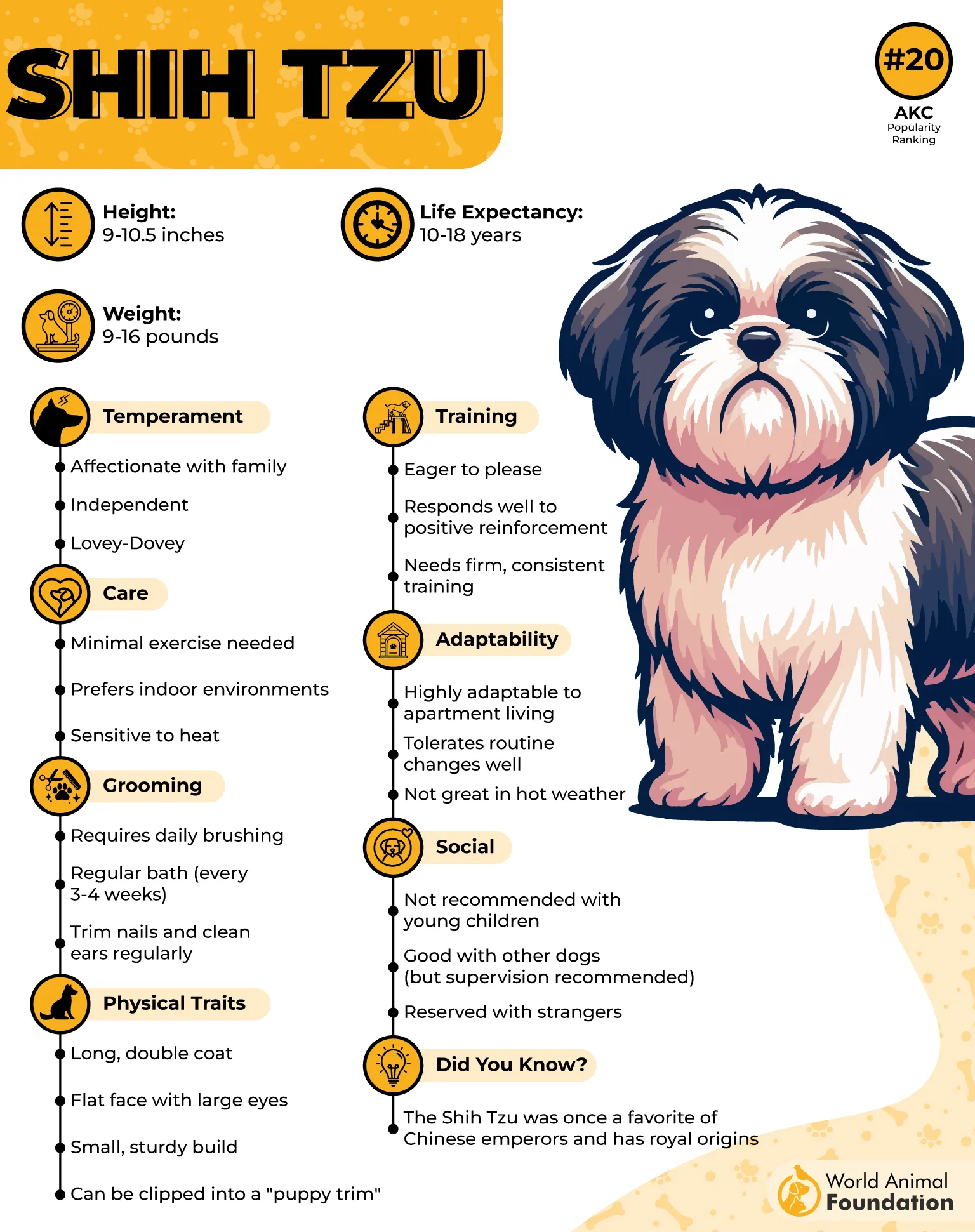
Grooming That Becomes Routine
The Shih Tzu’s coat requires consistency rather than intensity—regular brushing to avoid matting, as mentioned in Showsight Magazine. Their grooming becomes part of a household rhythm, not a burden. Over time, it strengthens the bond between dog and family.
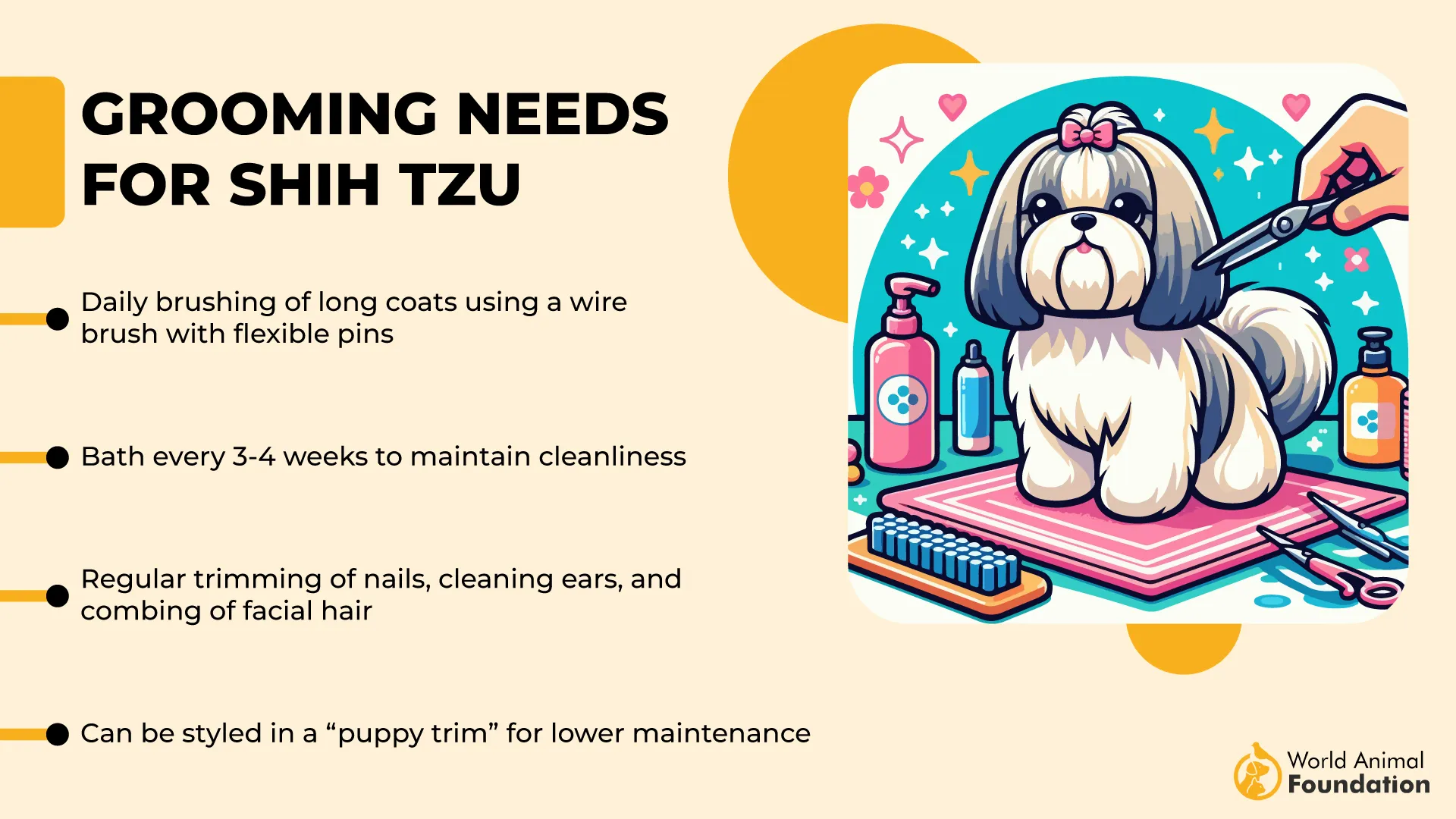
History as Imperial Companions
Bred to sit beside Chinese emperors, they carry a long tradition of household loyalty. That historical role aligns naturally with their present-day function as toy breeds valued for stability. Among tiny dogs, their ancient lineage is one of the most documented in breed history.
2. Miniature Poodle
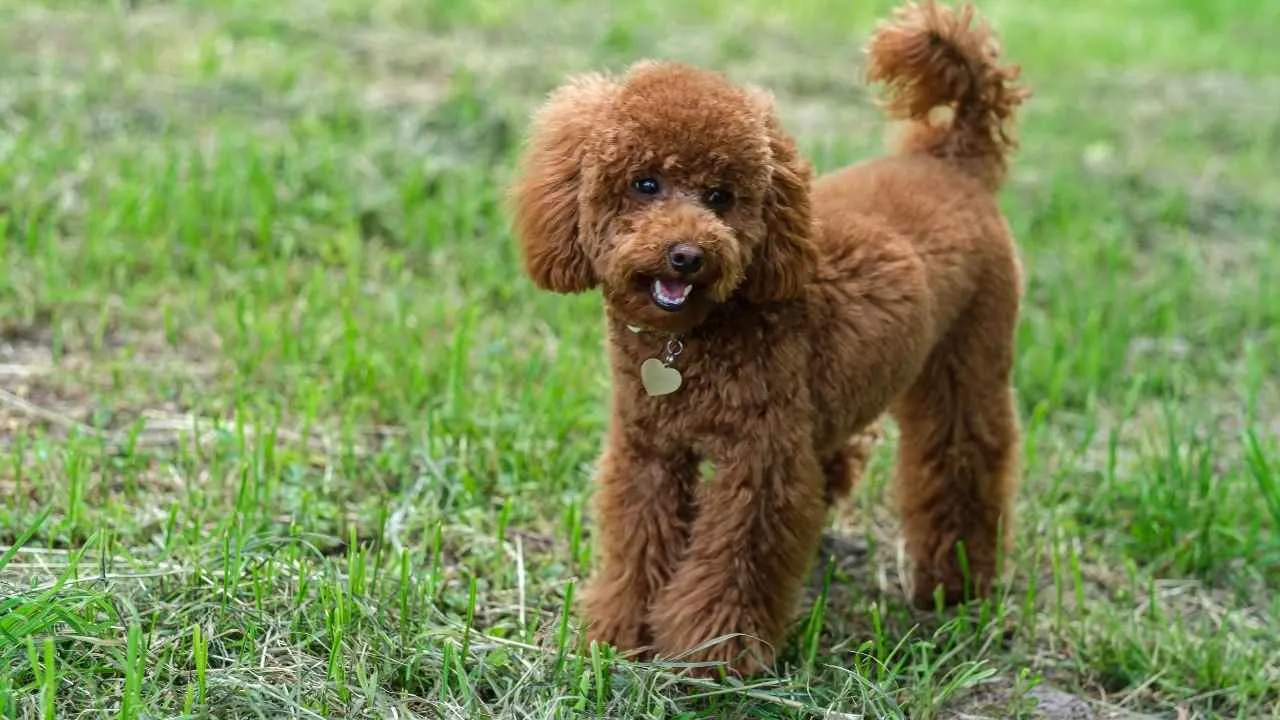
Miniature Poodles are widely respected for their capacity to respond quickly to verbal commands and subtle hand gestures. That responsiveness helps maintain household calm, especially in busy family environments. It’s part of why many trainers prefer this breed for early obedience success.
Hypoallergenic Coat Advantage
Their tight, low-shedding curls trap dander, which can benefit families managing sensitivities, as per PetMD. Regular trimming every 4–6 weeks keeps the coat practical and clean. Most pet owners find the maintenance predictable compared to long-coated alternatives.
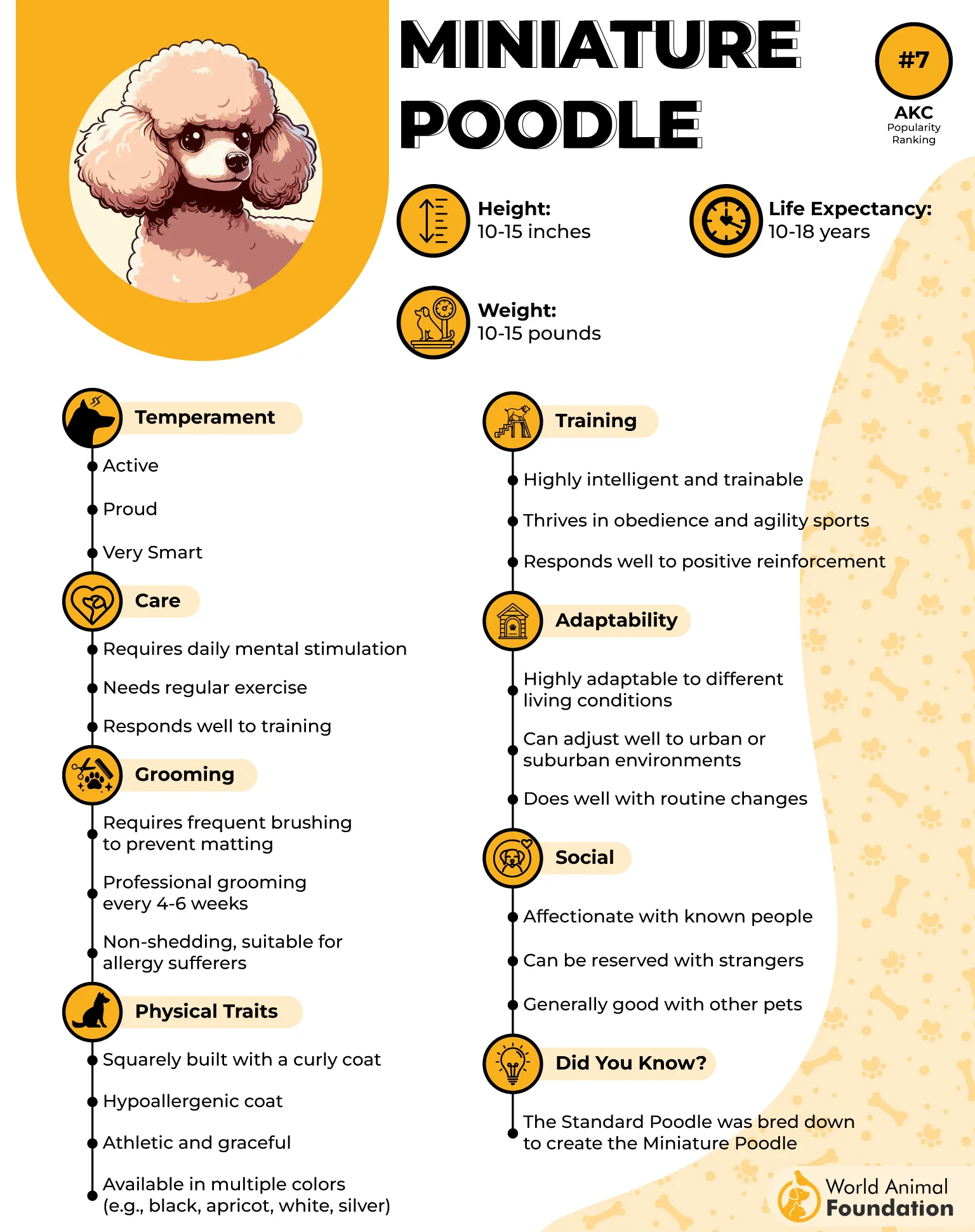
Intelligence That Needs an Outlet
They rank consistently among the top three smartest breeds across independent working-dog intelligence studies. When their need for stimulation is met through scent games or agility play, they rarely develop behavioral issues. It’s less about energy and more about problem-solving.
Historically Popular in Royal Circles
Miniature Poodles were once the favored companions of French nobility, even appearing in court paintings by the 18th century. Among toy dog breeds, few have such deep ties to structured grooming and elegance. Some breeders have even introduced teacup puppies derived from this specific line.
3. Havanese
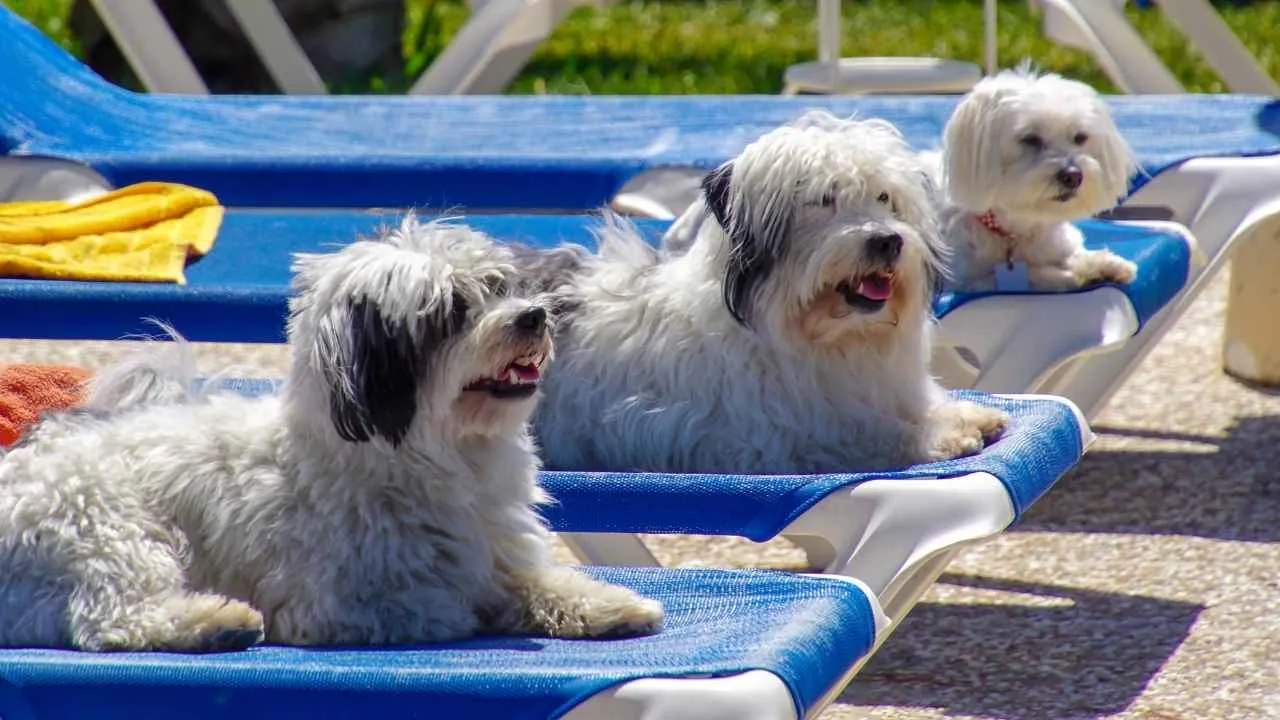
Havanese adjust their energy levels depending on the household routine, making them especially cooperative in structured environments. They aren’t high-strung or reactive when their needs are consistently met. That consistency gives families a stable presence, especially during busy days.
Social Intelligence With Children
Their strong sensitivity to tone and facial expression allows them to pick up on emotional shifts around them. Many pet parents find them responsive without being intrusive, which is rare in small-sized breeds. That trait helps avoid overstimulation in homes with kids.
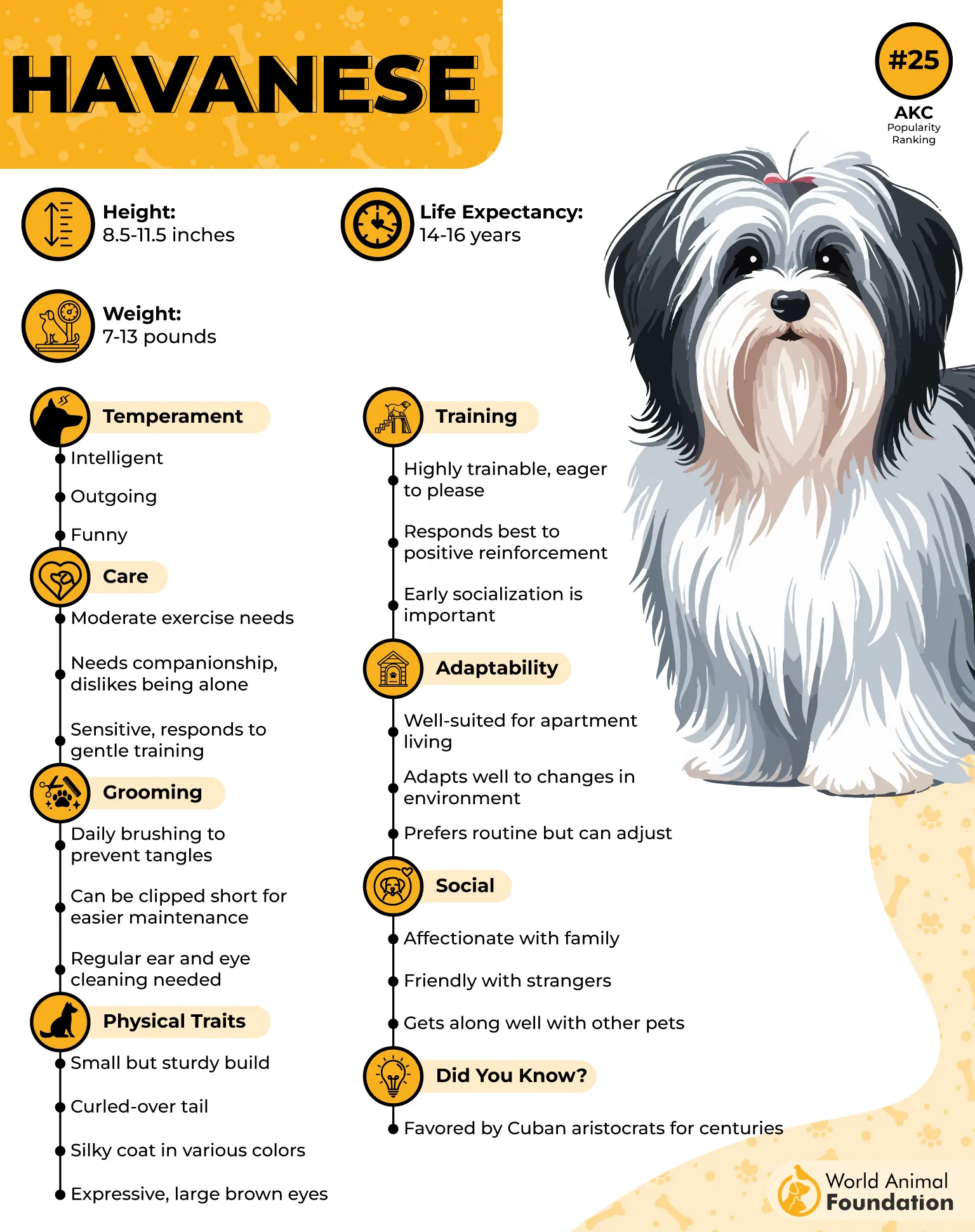
Ancestry Tied to Cuban Nobility
They were originally bred as lap companions for wealthy Cuban families in the 1800s, valued for their sociable nature and manageable coat. Historical records show they were even gifted between aristocratic households. This origin continues to influence their composed behavior indoors.
Naturally Compact and Agile
Despite their sturdy posture, Havanese fall under the category of tiny pups that retain agility and quick reflexes. They maneuver around furniture and tight spaces without knocking things over. That physical control makes them safe for shared living areas and small homes.
4. Cavalier King Charles Spaniel
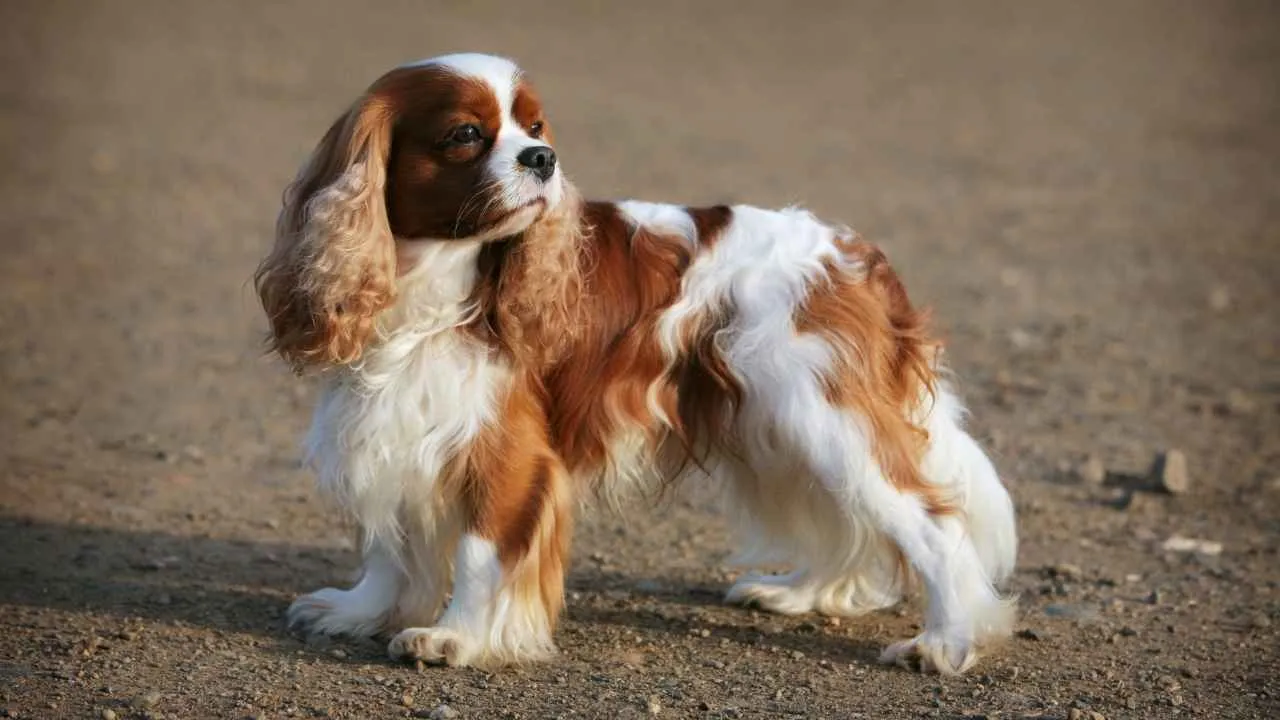
This breed is known for its ability to mirror human emotions, often adjusting its energy level to match the person it’s with. They read facial expressions and body language with surprising accuracy. That level of emotional tuning makes them easy to integrate into daily family routines.
Comfort Around Different Pets
Cavaliers have a steady temperament that helps them coexist peacefully with other dogs and even cats. They don’t assert dominance easily, which reduces conflict in multi-pet households. Their body language stays soft, encouraging calm interactions across species.

Travel-Ready and Space-Efficient
They adapt comfortably to limited living space and ride well in carriers, making them great apartment dogs for families who move often or travel frequently. Their size and calm nature prevent excessive movement indoors. Noise sensitivity is low, which adds to their compatibility in tight quarters.
Royal Roots With a Practical Twist
Historically bred as lap companions for British nobility. They were often used to attract fleas away from their owners—a recorded practice during the Stuart period, as per the Cavelier Club. Their established presence among teacup breeds isn’t just aesthetic—it’s tied to a long line of household functionality.
5. Maltese
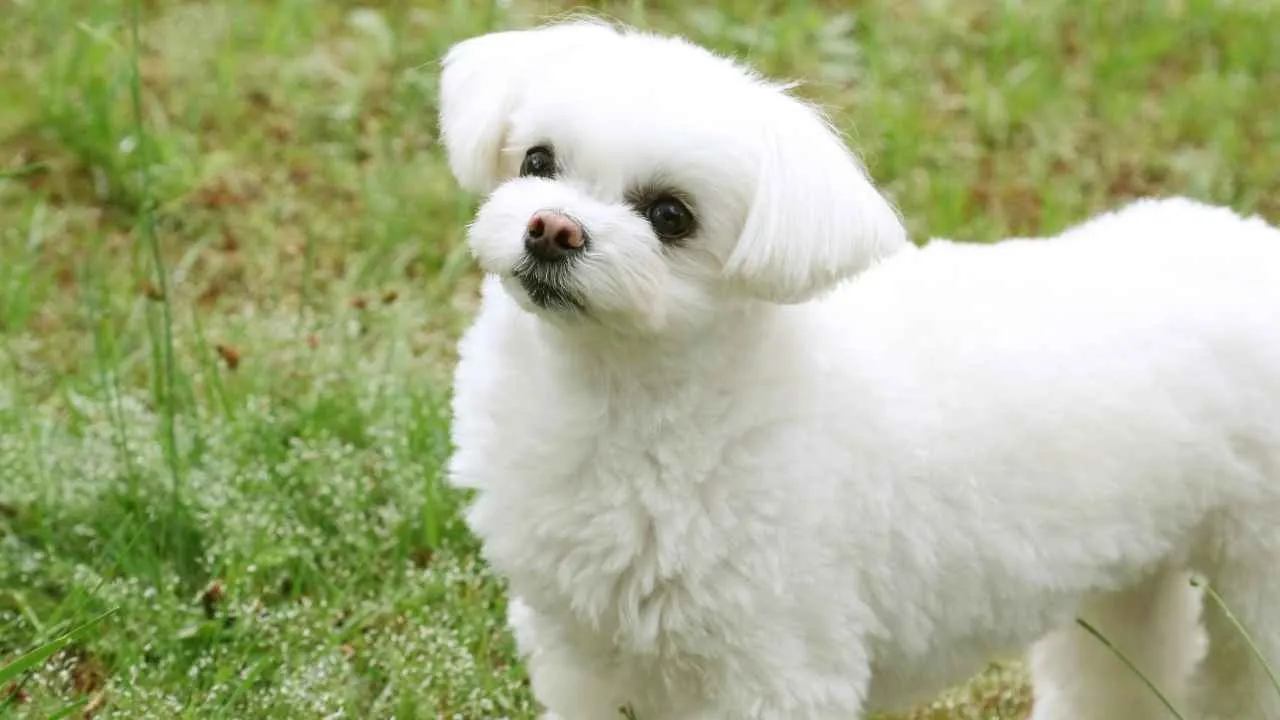
The Maltese adapts well to indoor life, with consistent behavior and light-footed movement that suits calm households. They’re tuned into human routines, often resting where family activity is present. Their minimal shedding and hypoallergenic coat make everyday living more manageable.
Early Training Is Essential
While eager to bond, they benefit greatly from proper training in their early months to prevent excessive barking or attachment behaviors. Their intelligence allows quick grasping of cues when taught through soft repetition. Structured socialization keeps them confident without becoming reactive.
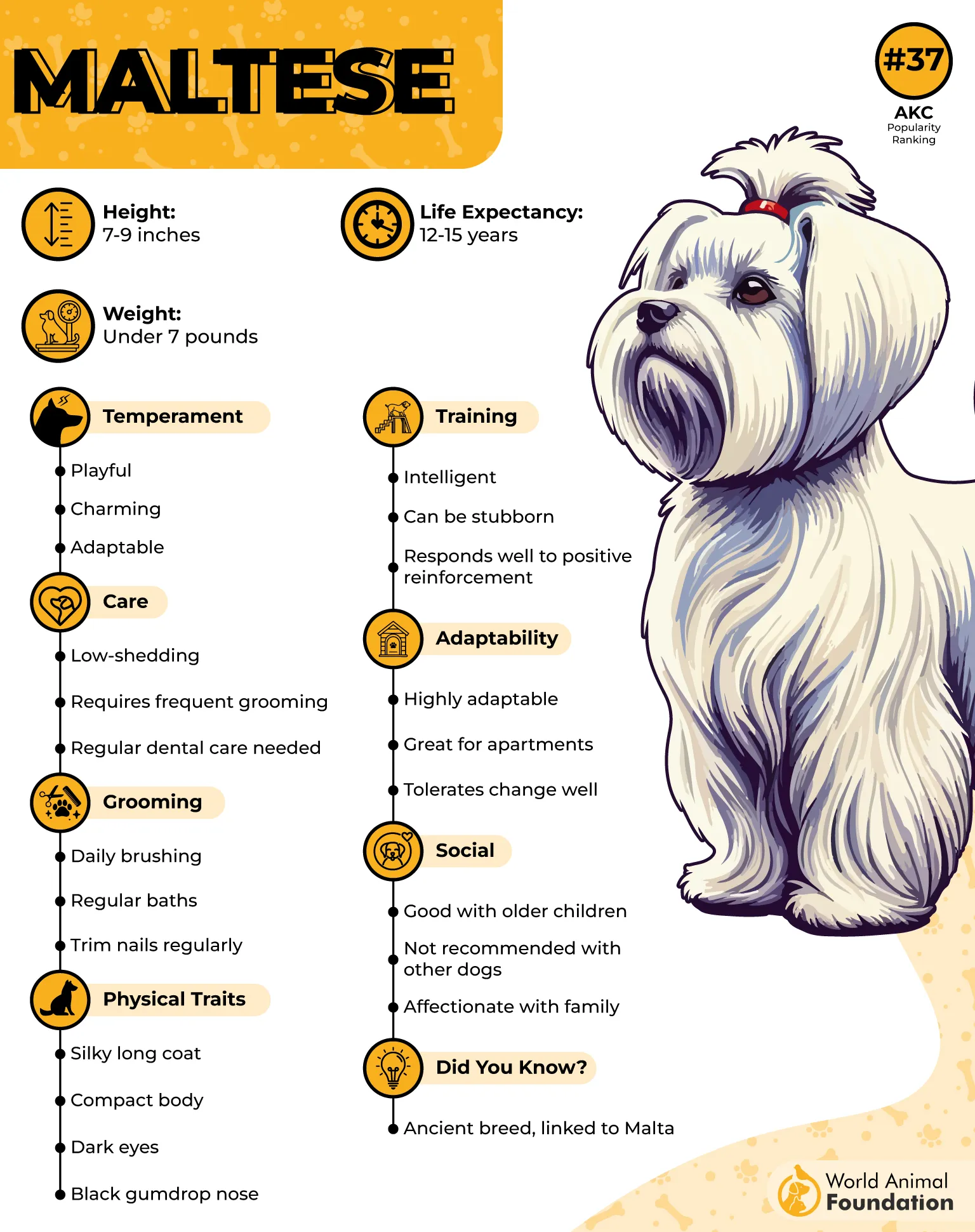
Known for Long Historical Roots
They’re one of the oldest companion breeds, with records tracing back to Roman nobility over 2,000 years ago. Often seen in aristocratic households, they weren’t bred for work but purely for companionship. This origin reflects in their calm presence and intuitive bonding.
Common in Teacup Varieties
The teacup Maltese variation is selectively bred for a smaller size while maintaining key traits of the original. Among popular dogs in this category, it’s known for living well into its teens, some reaching a life span of 14–15 years with consistent care.
6. Bichon Frise
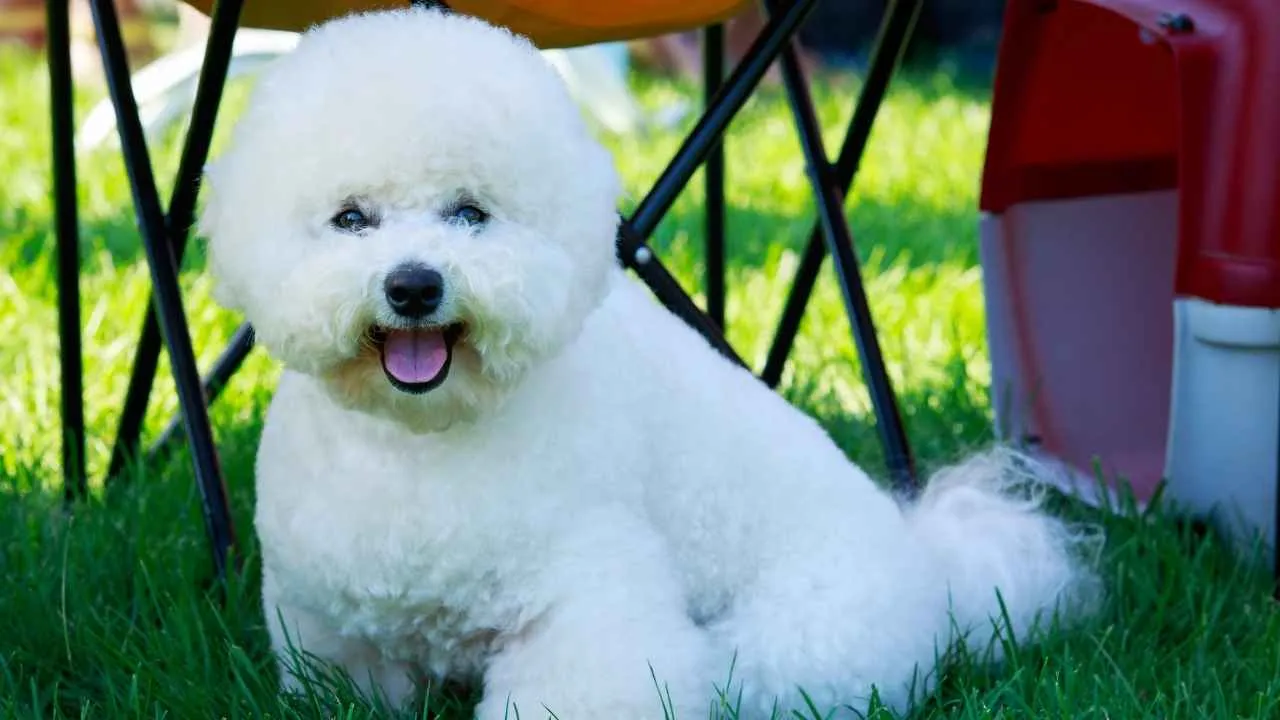
Bichon Frises have a stable personality that doesn’t shift with chaos or loud environments. They maintain a steady temperament, even when routines are disrupted. That dependability makes them suitable for homes with unpredictable family schedules.
Easily Socialized With Others
These dogs respond well to structured introductions, including with other animals in the household. They observe before reacting, which makes early training smoother. Their patience gives them an edge in multi-pet or active social homes.
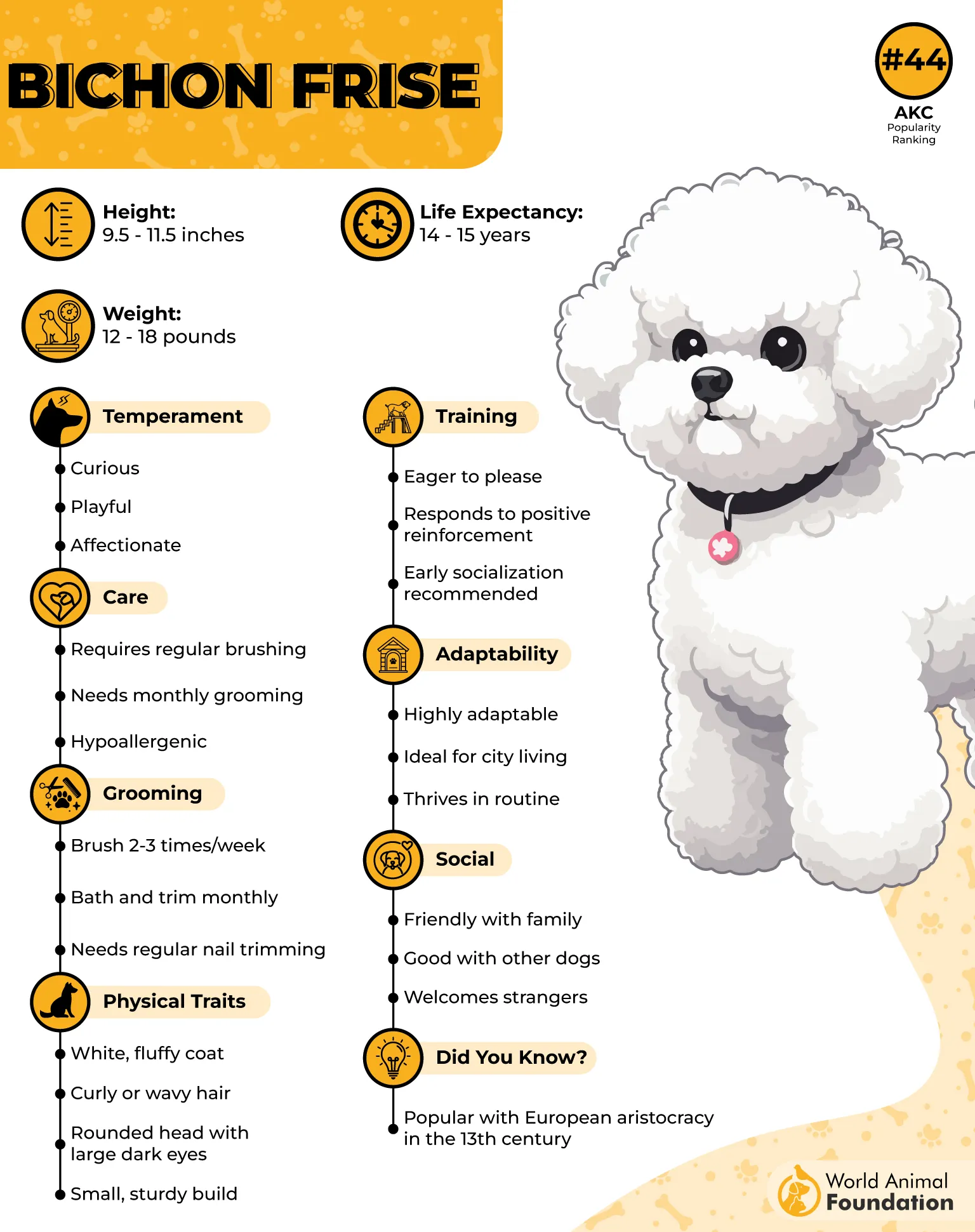
Gentle Yet Active Indoors
Bichons are part of the smallest members of the non-shedding dog group but carry surprising liveliness. Their play doesn’t overwhelm or overstimulate people around them. That soft agility allows them to stay active without being disruptive.
Known for Their Cheerful Disposition
They’re one of the few breeds whose affectionate nature has been historically recognized by European nobility and circuses alike. The term “Bichonner,” meaning to pamper, originated in France because of how much attention these dogs received. It’s a cultural marker still tied to their charm today.
7. Papillon
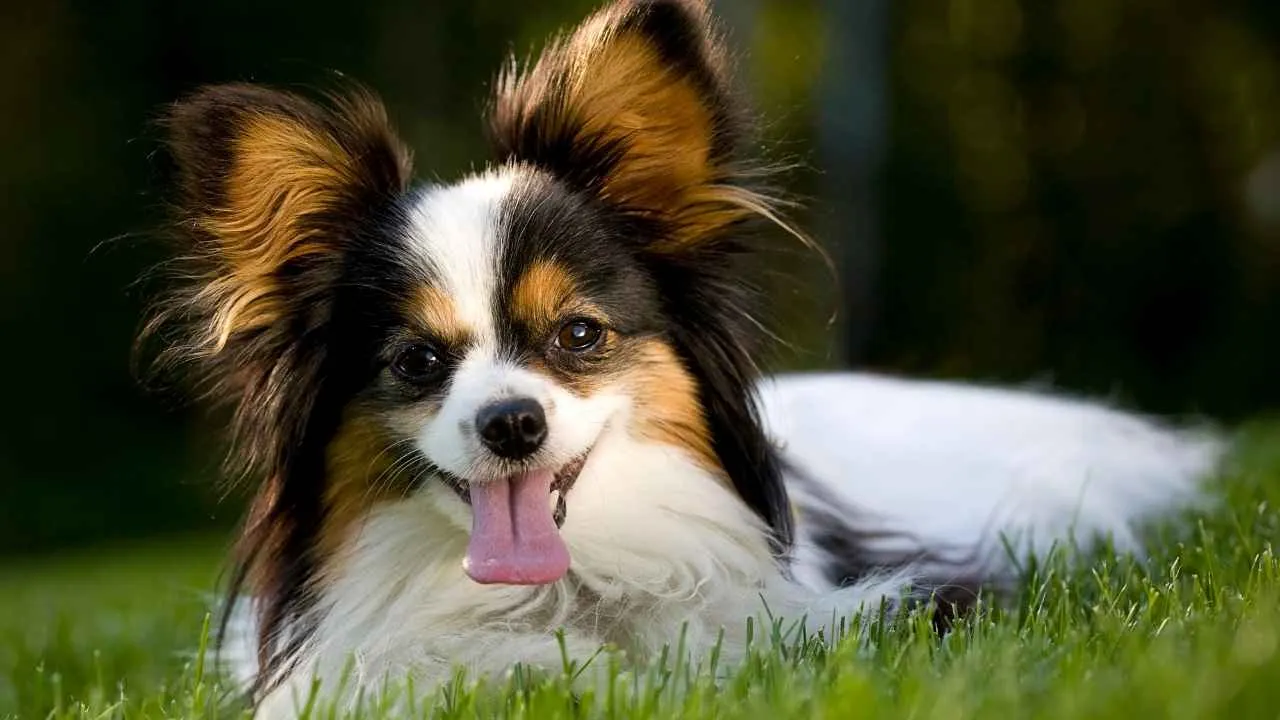
Papillons react quickly to sound and movement, which helps them signal changes around the home. Their reactions are clear but not excessive—they won’t spiral into nonstop barking. That sharp responsiveness helps families stay aware, especially in busy households.
Fine-Motor Intelligence
They’re known for mastering complex commands and even agility tasks that involve ladders or tight turns. This fine-motor control isn’t common across several breeds of their size. It’s one reason they frequently top lists of highly trainable companion dogs.
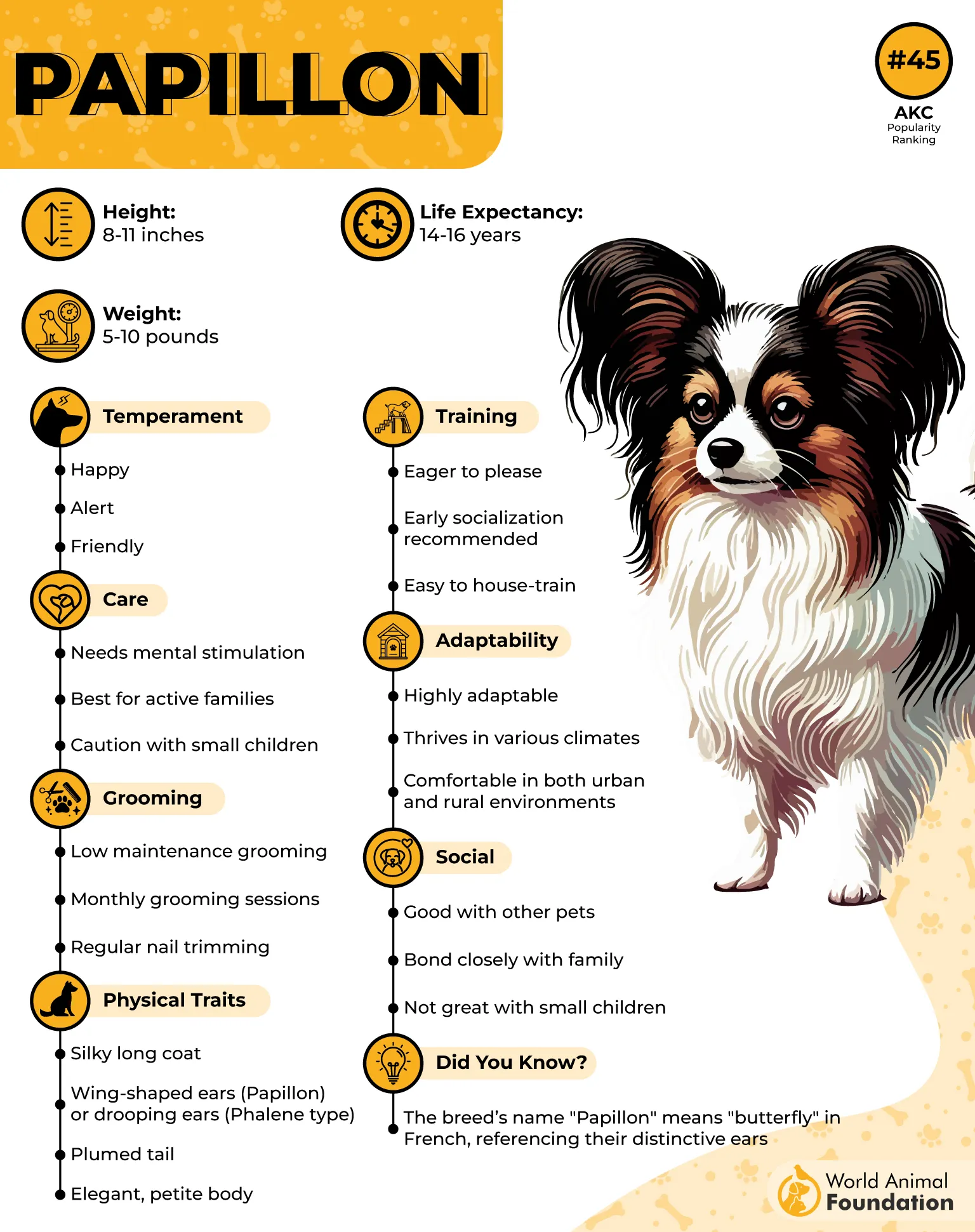
Durability in a Small Frame
Weighing under 10 pounds, they still show physical resilience when engaging in short bursts of indoor play. Their joints and mobility age well, with no significant breed-wide structural issues. That balance gives families a manageable teacup companion without being fragile.
Famous Royal Lineage
Marie Antoinette reportedly owned a Papillon she kept close even during her final days, as per Hepper. This royal association is often cited in breed history and remains one of the most accurate fun facts verified across kennel sources. Few dogs this size carry such a deeply traced legacy.
Conclusion
Teacup dogs prove that small stature doesn’t mean small impact. These breeds bring playful joy into everyday life, from quiet mornings to busy afternoons filled with laughter.
When raised by responsible breeders and matched to a family’s pace, they tend to avoid common health problems tied to poor breeding. Still, due to their size, they may have a higher risk of injury or sensitivity, so gentle handling and supervision matter.
Their silky coats, when brushed regularly, become part of the family’s rhythm, just like walks and cuddles. Many of these breeds meet or closely follow breed standards approved by organizations like the American Kennel Club.
Just as importantly, they need mental stimulation to stay balanced, whether that’s through games or time spent close to the people they love. Teacup dogs bring loyalty, warmth, and a surprising sense of stability into family life, and they do it all while fitting in the palm of your hand.


